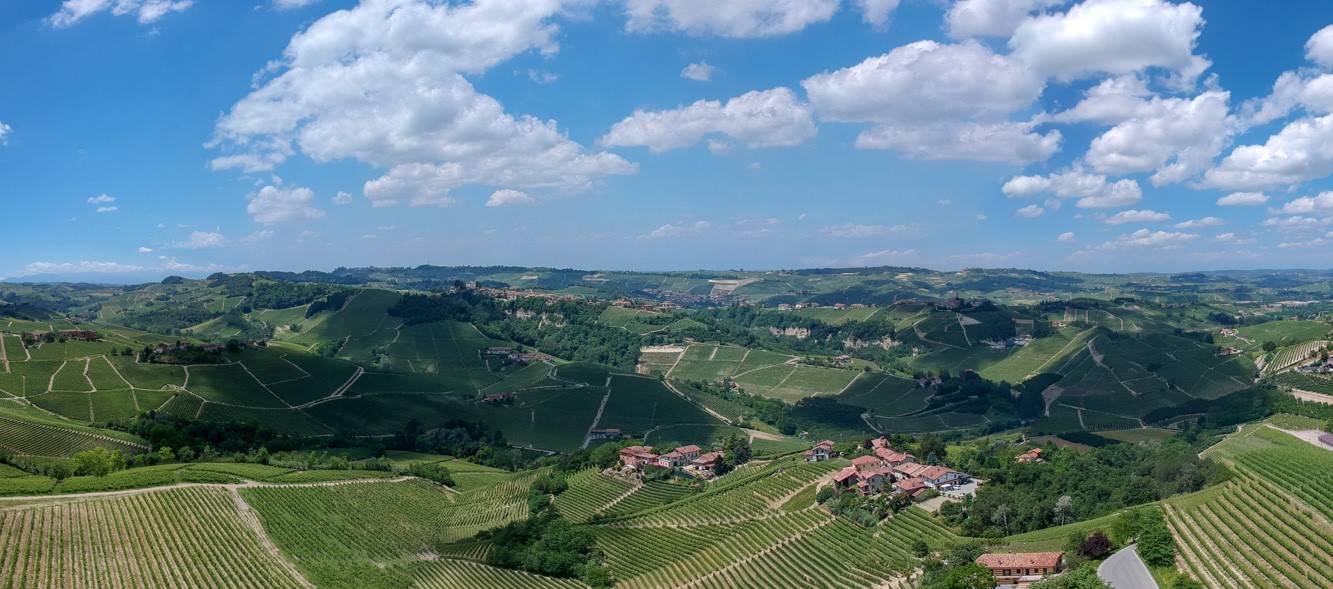Change language to Italiano

The geological setting of Piemonte ideally encompasses a quite complete section of the Earth’s crust.
In fact, it ranges from deep lithospheric mantle rocks to oceanic basalts, from the plutonic and volcanic continental rocks to the overlying carbonate and siliciclastic sedimentary covers.
One of the orographic features of Piemonte is the Langhe and Monferrato region as part of Alps-Apennines orogenic system.
Welcome to the Tertiary Piedmontese Basin.

The geomorphological framework of Piemonte mirrors a complex geologic and tectonic context, almost unique for its large variety of lithological and structural features.
This complexity is the result of a continuous geodynamic process which led to the formation of two continental ‘passive’ margins colliding each other: the ‘Palaeo-European Margin’ and the ‘Palaeo-Adriatic Margin’.
This is how the Alps-Apennines orogenic system originated (including Langhe e Monferrato Hills), involving continental and oceanic crustal units that were affected by metamorphic and tectonic reworkings.
In the meantime, since the middle Eocene, some sedimentary basins developed, one of them is the Tertiary Piemonte Basin – BTP, where we found our shell  . The sediments of these basins recorded the syn-collisional tectonic evolution of the Alps-Apennines orogenic system.
. The sediments of these basins recorded the syn-collisional tectonic evolution of the Alps-Apennines orogenic system.
(To learn more please go to the Ratings, Press and Downloads section)
The geological structure of the Langhe of Barolo and Barbaresco started during the Miocene period, 15 million years ago, resulting in a compact and solid terrain. The Langhe hills, are composed of sedimentary rock from Oligocene and Miocene Epochs with the collision of the European and African Plates leaving behind it a substrate of clay, calcareous marl, blue marl and sulphur-bearing chalk.
In Barolo appellation area we can find 2 different geological ages:
Helvetian (Serralunga d’Alba, Castiglione Falletto and Monforte) giving full bodied wines with great longevity;
Tortonian (La Morra, Verduno and Barolo) giving wines based on finesse and fruit.
Alta Langa is the name used for the High Hills part of Langhe region. What makes special this area is the altitude that reach the 900 meters a.s.l.
The soil is rich in marl, limestone and clay and the microclimate is fresh in summer and severe cold during the winter season.
This combination of elements decreases the fertility of the vineyards while enhancing the complexity of the wines. These become the perfect base for interesting Metodo Classico Alta Langa docg able to grow during the long-lasting fermentation in bottle.
Roero’s hills possess a different geology and shape from Langhe, with steeply rising and rocky inland cliffs being a prominent feature.
The Roero is a young region, having been formed during the Pleiocene of the Tertiary Era, 5 million years ago, and the soil is still extremely rich in marine fossils of all kinds.
The clay-chalk terrain of the Langa tends to produce full bodied reds, whereas the softer and sandier soil of the Roero is perfect for more fruity wines.
The Gavi area, the southern part of Alto Monferrato, rises from the banks of the Tanaro river into the mountains of the Apennines and the water divide between Piedmont and Liguria.
The combination of the Ligurian Sea breeze and the Apennine snow make this particular corner of Piedmont so special.
In fact, the cold winters and hot, airy summers help the sloping hills with marly, white chalky and clay-rich soil to create complex white wines.
Highly reputed for its “white soils” is the area of Gavi Village very well-known for clear-cut character, amazing freshness as well as complex wines that here become the Gavi del comune di Gavi docg.